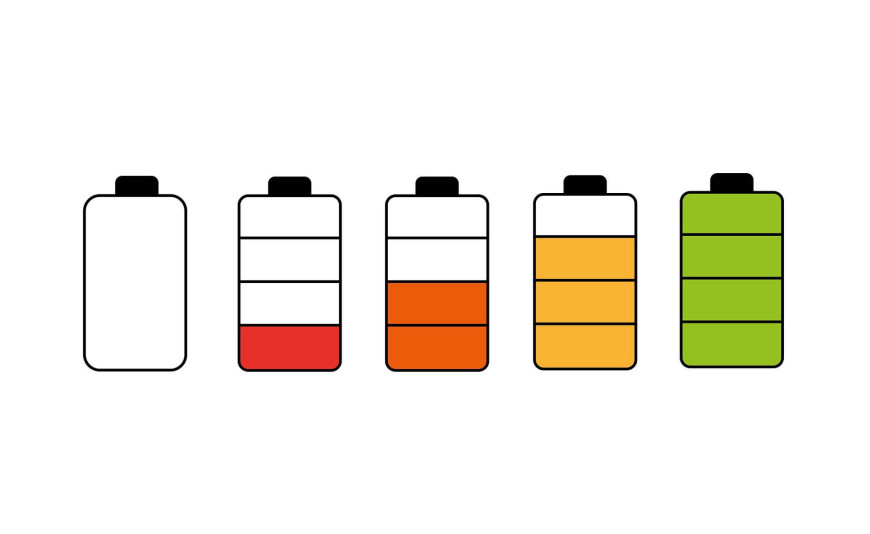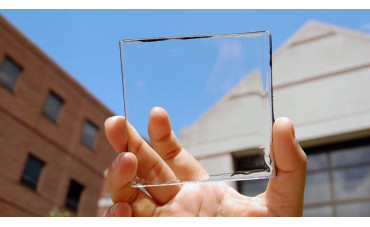Myths about Energy Storage

Energy storage systems in photovoltaics, although increasingly popular, are still surrounded by certain myths that may discourage potential users. It is worth dispelling misunderstandings and taking a look at what energy storage in photovoltaic installations really looks like.
Myth one: Energy storage systems generate large electricity losses
The first myth that often discourages investment in energy storage is the belief that there is a significant loss of electricity during the storage process. The fact, however, is that currently used lithium-ion and lithium-iron-phosphate batteries have an efficiency of over 90%, meaning that from 1 kWh of stored energy, about 0.9 kWh of electricity can be recovered.
Myth two: The power of the energy storage system should be equal to the power of the photovoltaic installation
A commonly held belief is also that the power of the energy storage system should be equal to the power of the photovoltaic installation. In reality, the proper selection of storage power depends on individual needs, such as the energy demand of the building or the type of electrical devices used.
Myth three: Energy storage requires a special room
It is not true that energy storage systems require special, separate rooms. They can be safely installed even in garages, provided that the temperature and humidity of the air in them remain within appropriate limits.
Myth four: Energy storage cannot be connected to an existing photovoltaic installation
Batteries for energy storage can be installed both with a new photovoltaic installation and with an existing one. In the latter case, an additional AC converter is required, but there are no technical obstacles preventing such installation.
Myth five: Energy storage systems are dangerous
In the past, there were reports of dangerous situations related to the use of energy storage systems. However, current safety standards and protective technologies ensure that they are safe to use. There are monitoring systems to prevent excessive battery overheating, which minimizes the risk of fires or explosions.
In summary, energy storage systems are not only effective tools for storing excess electricity but are also safe and easy to use, not requiring special rooms or additional power from the photovoltaic installation. Realizing their advantages can contribute to greater energy independence and lower electricity bills.
You must be logged in to post comments






0 Comments